Improve your Training and Teaching Qualifications
Are you interested in -
- Improving your job and career opportunities in training?
- Seeking promotion in training and teaching?
- Setting up your own training school?
- Specialising in distance education or face to face teaching?
Whatever your reasons for wanting to know more, this advanced certificate qualification takes you through the management and application of training and instruction. It provides an idea foundation for anyone working in education, from administration to course development and delivery.
This is an innovative course that aims to develop skills more in tune
with 21st century education, emphasising the application of technology,
and the use of new and innovative models such as problem based learning
and blended learning.
The course consists of nine x 100 hour modules that focus on course development, delivery and management.
Modules
Note that each module in the Qualification - Advanced Certificate In Applied Management (Instructional & Training Skills) is a short course in its own right, and may be studied separately.
This course is a detailed and thorough course that allows you to specialise in areas that are of interest to you. Learn more about -
- marketing
- course writing and development
- instruction skills
- public speaking
- distance and online learning
- hybrid education
- face to face teaching
And so much more.
You can
enrol on the course now, but if you have any questions about the content
of the course or studying with ACS, then please get in touch with us
today - use our FREE COURSE COUNSELLING SERVICE to get in touch with our expert tutors. They will be pleased to help you!
